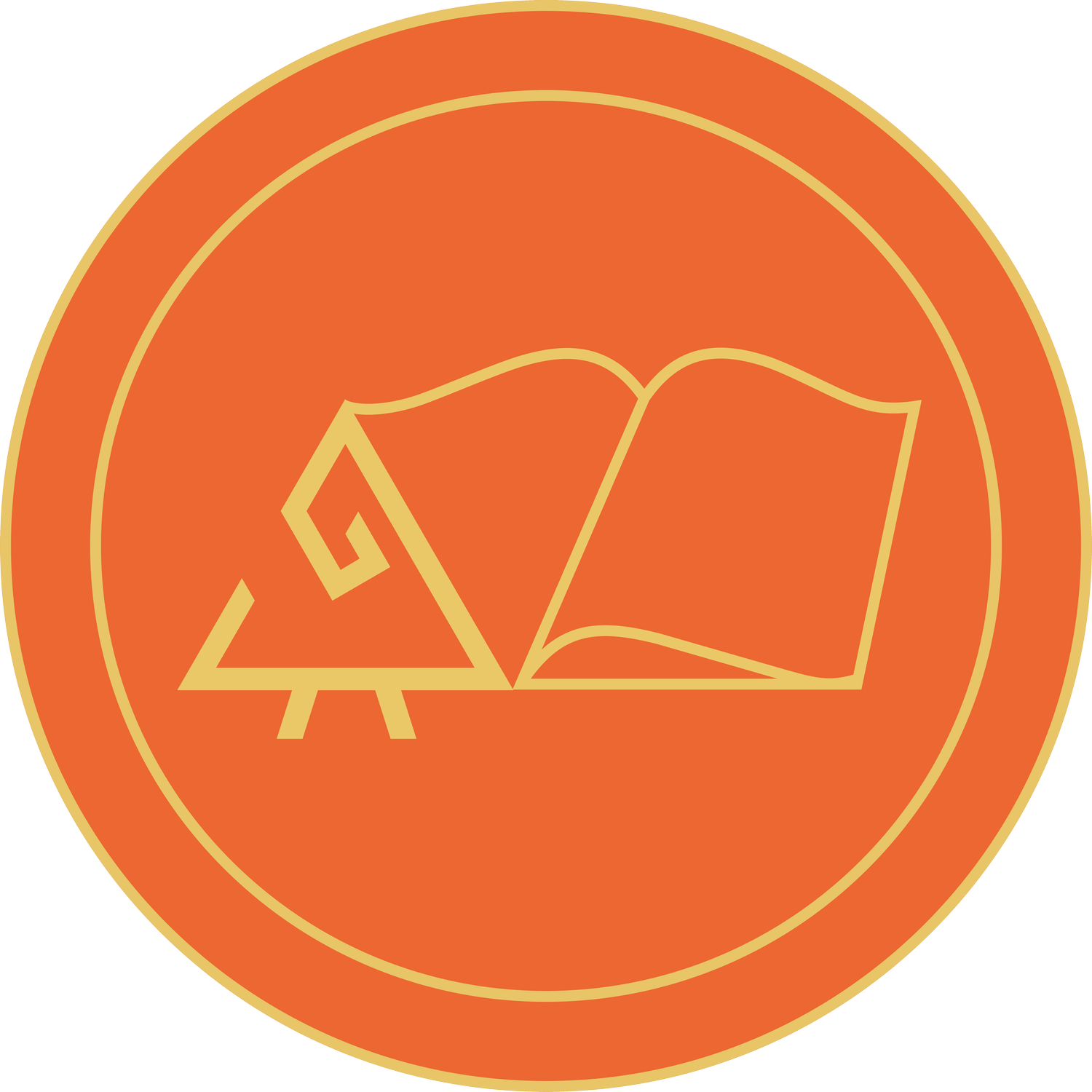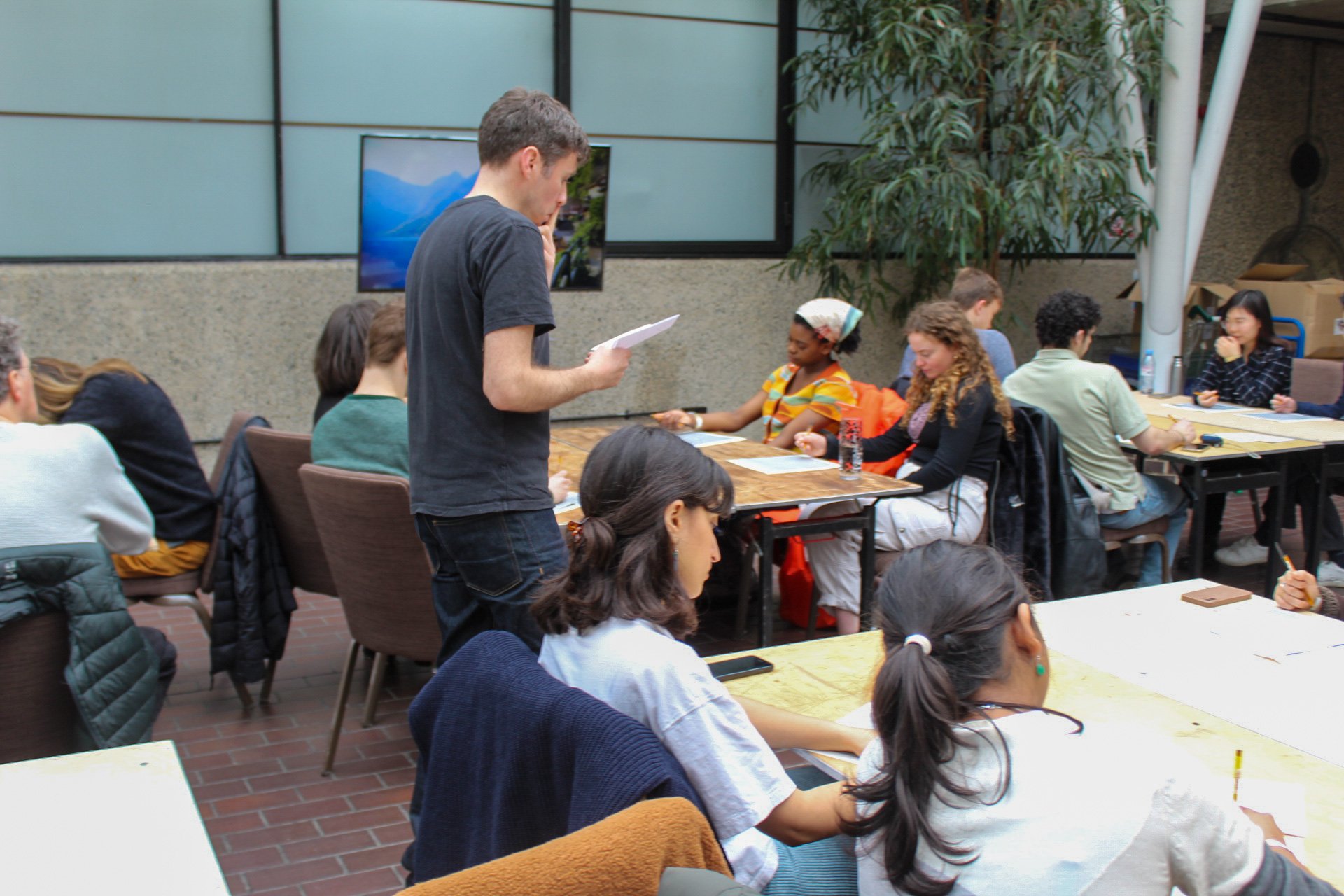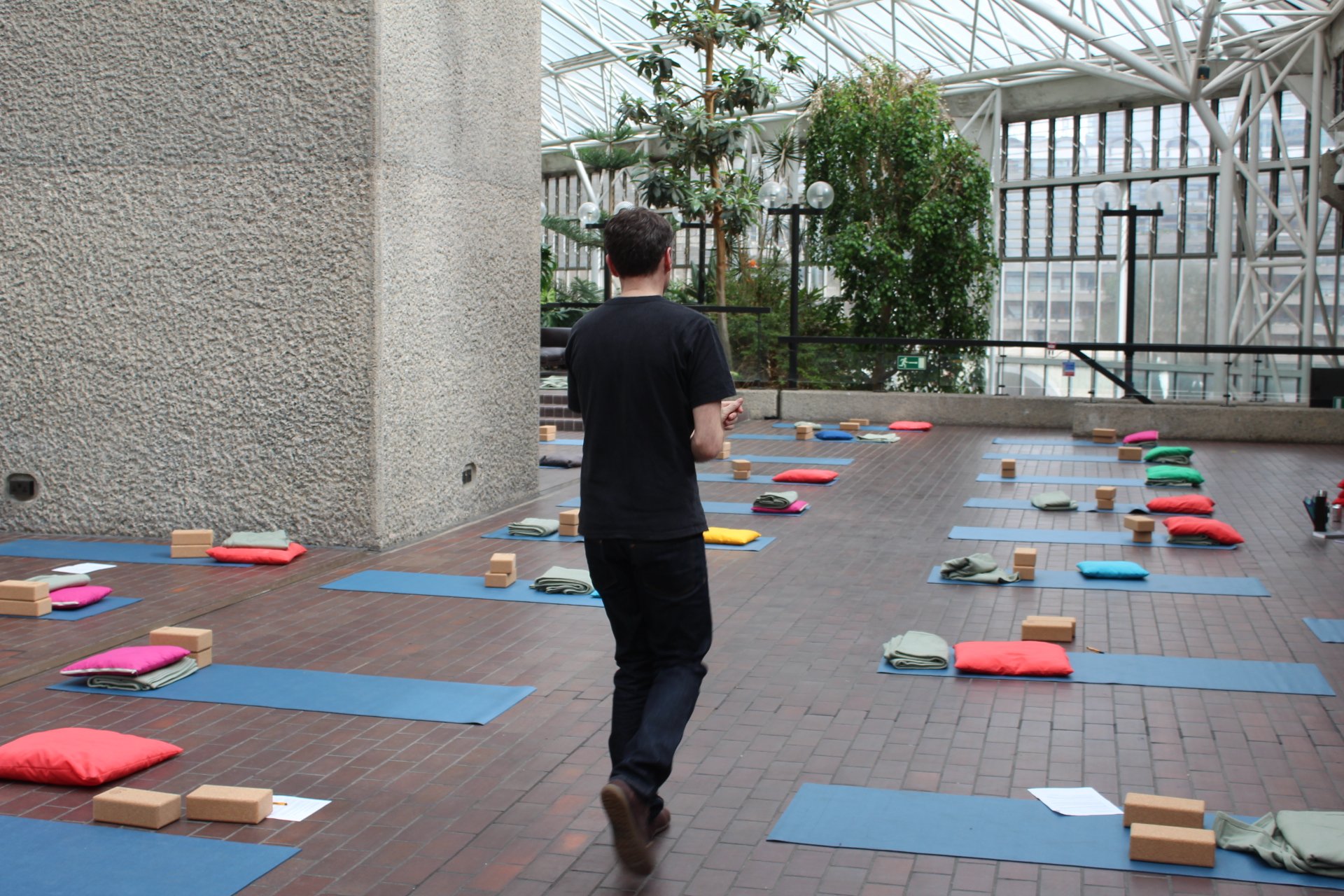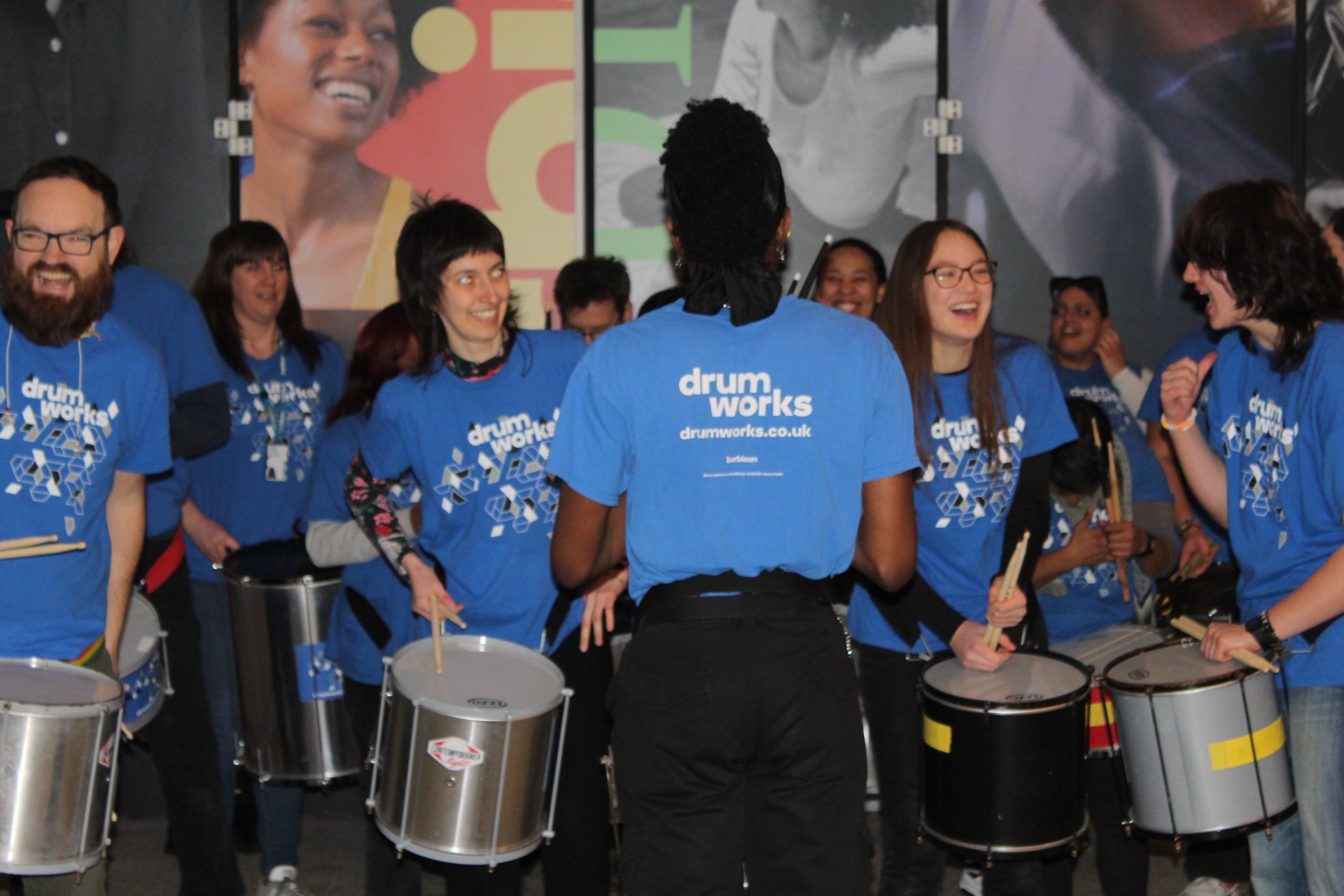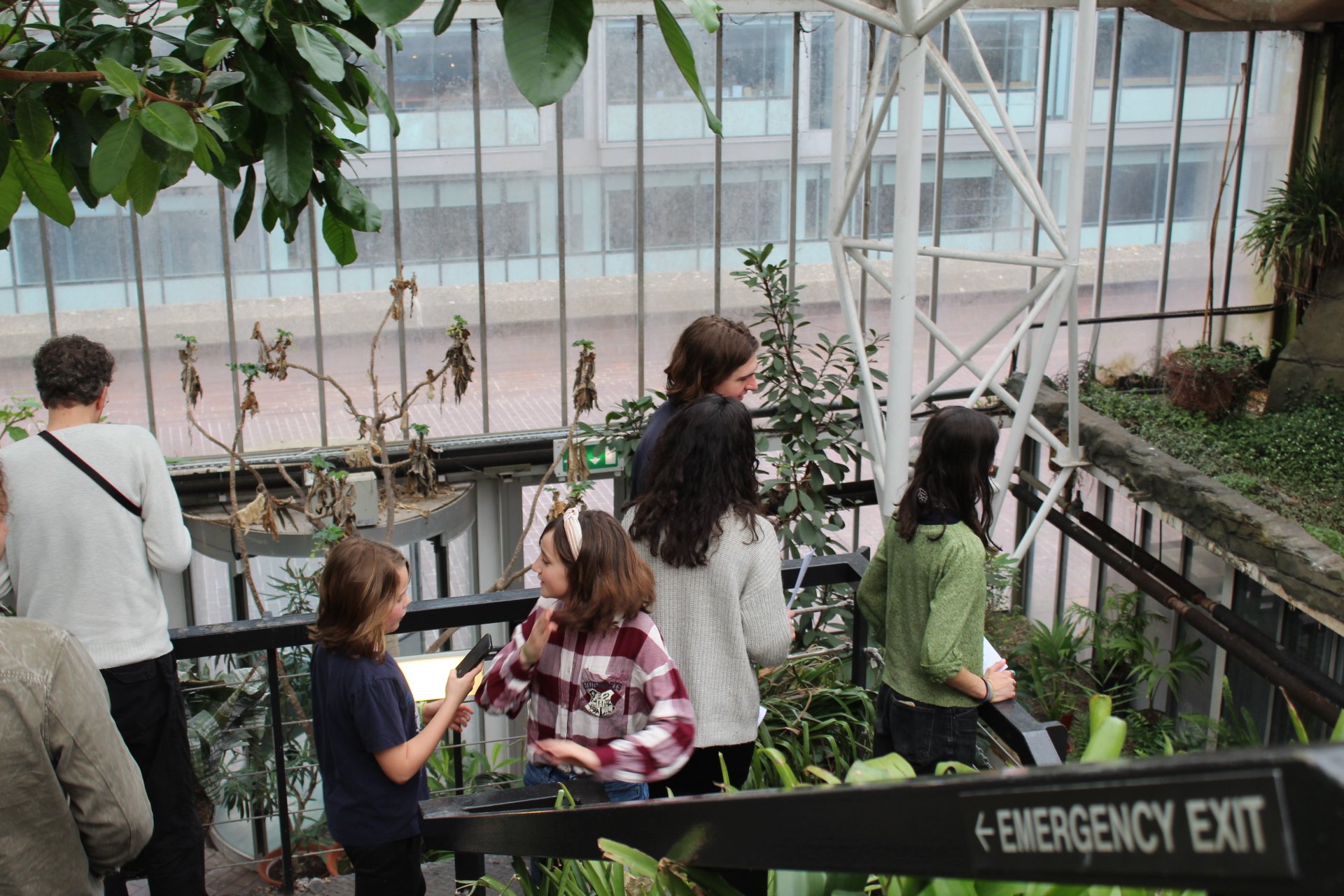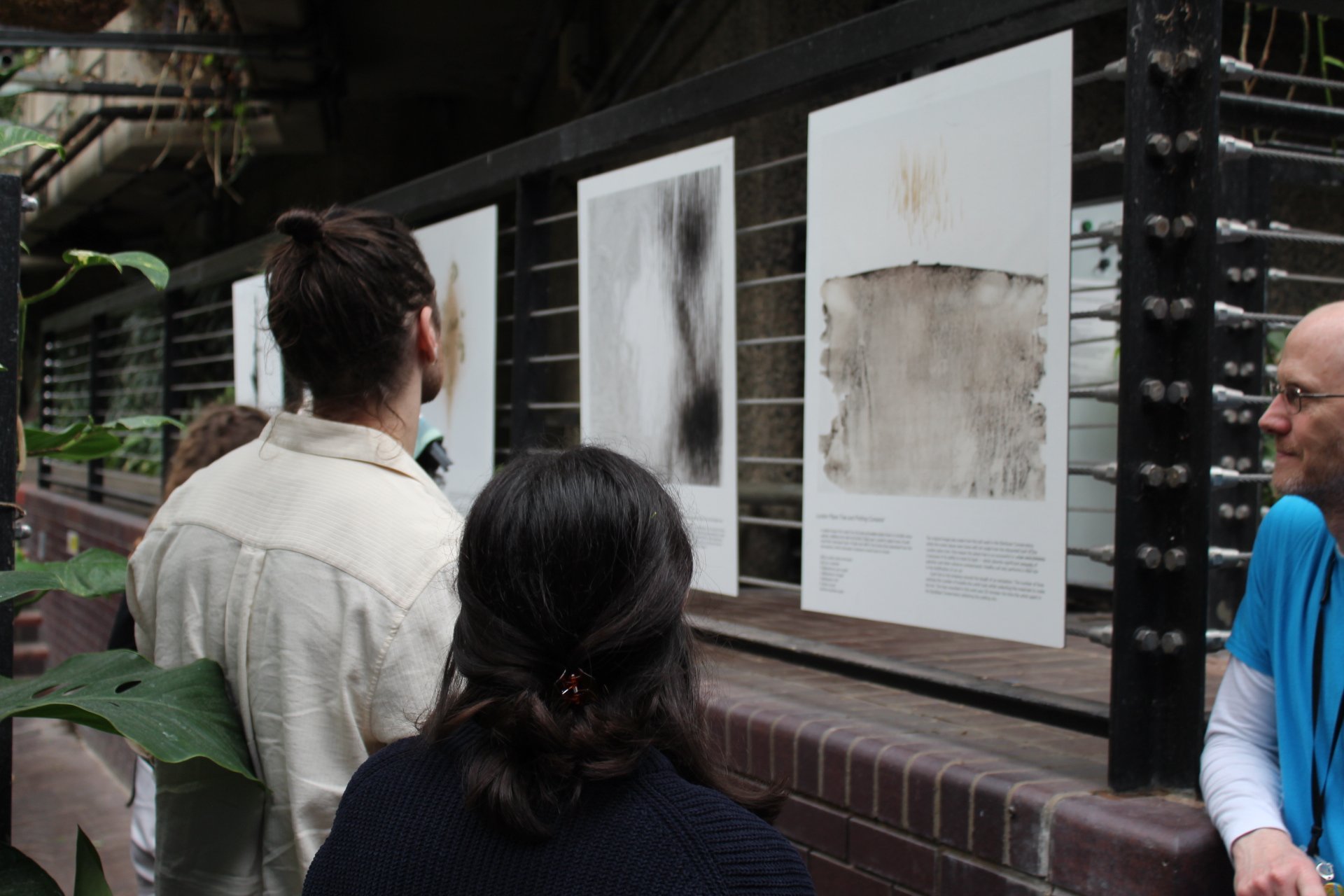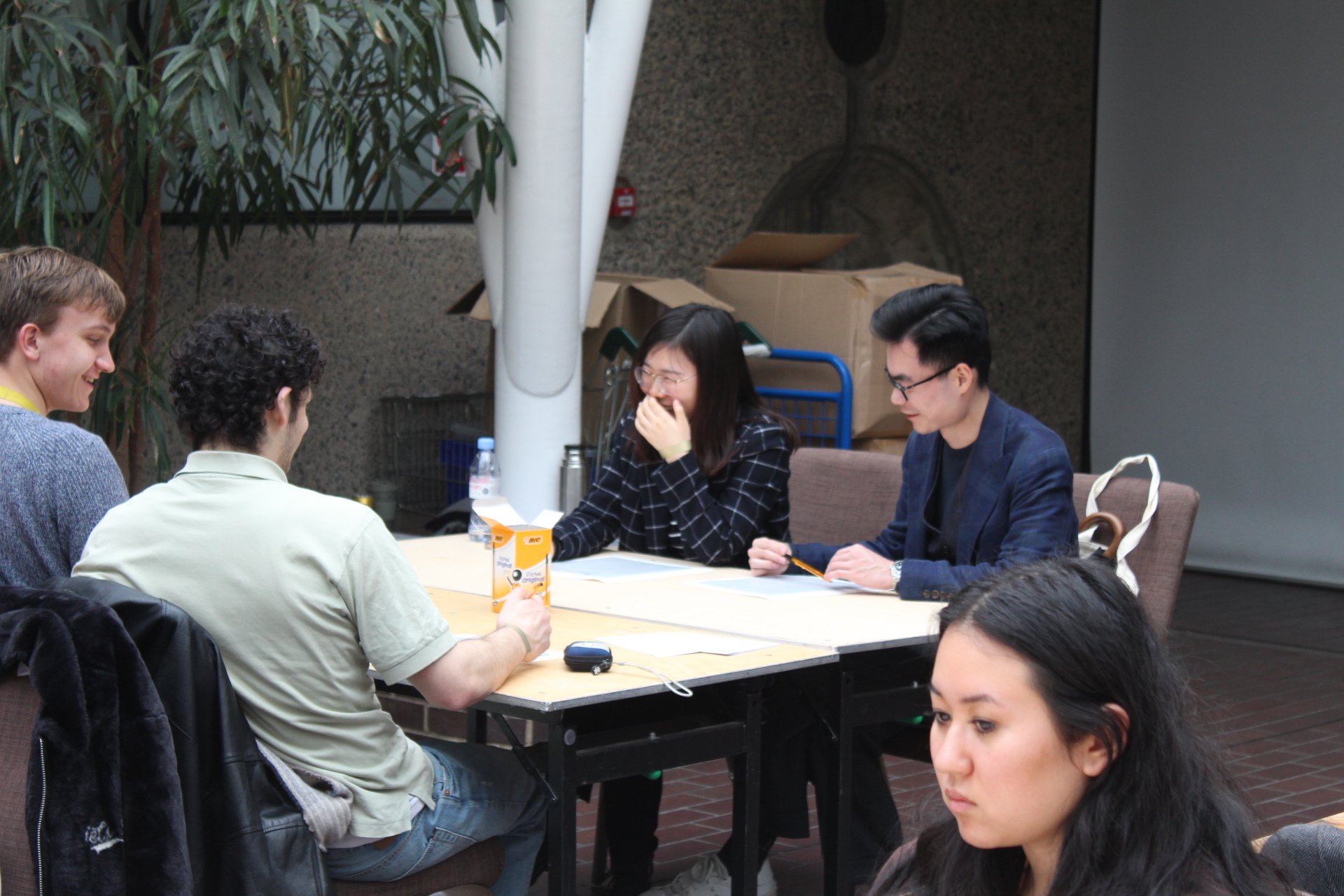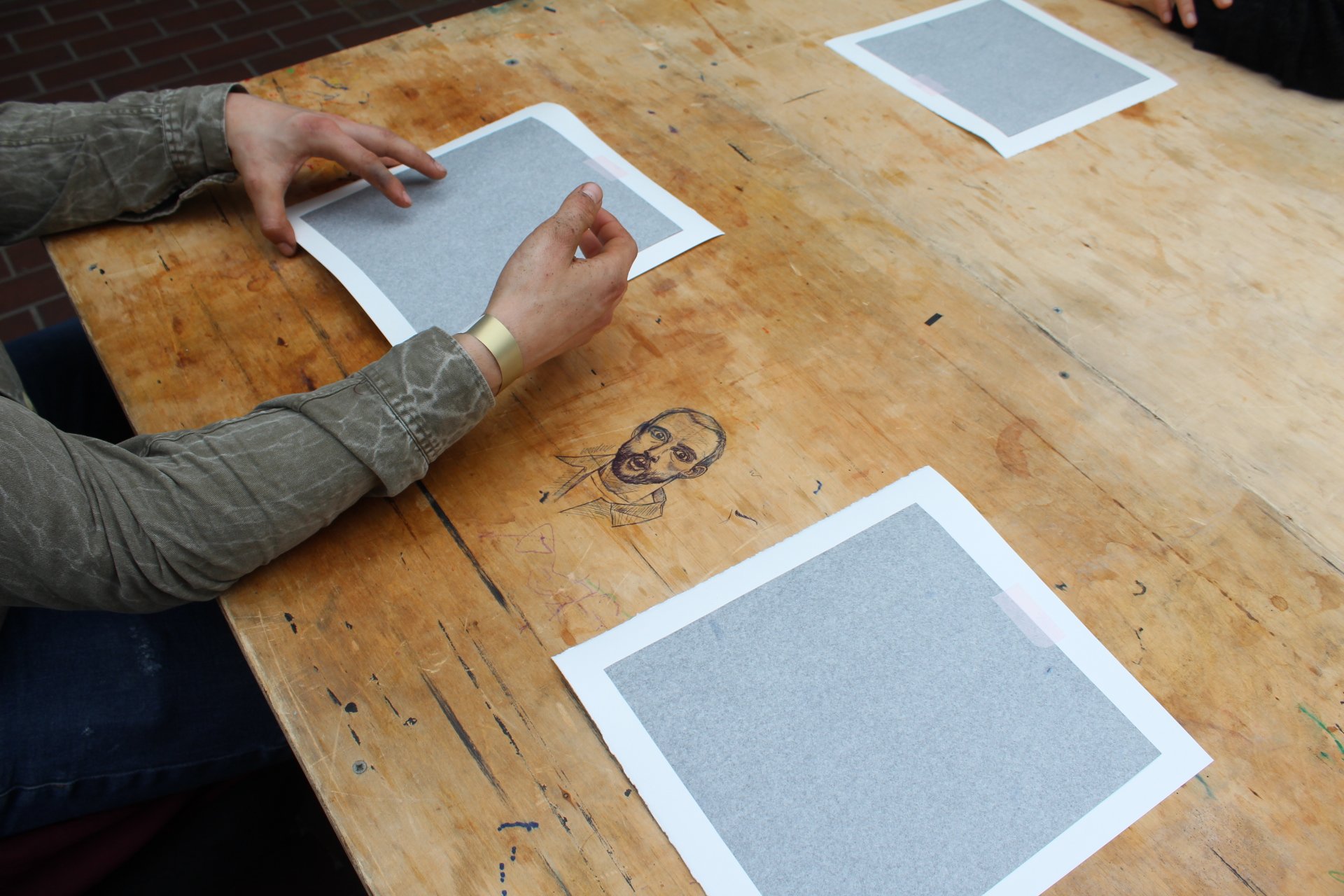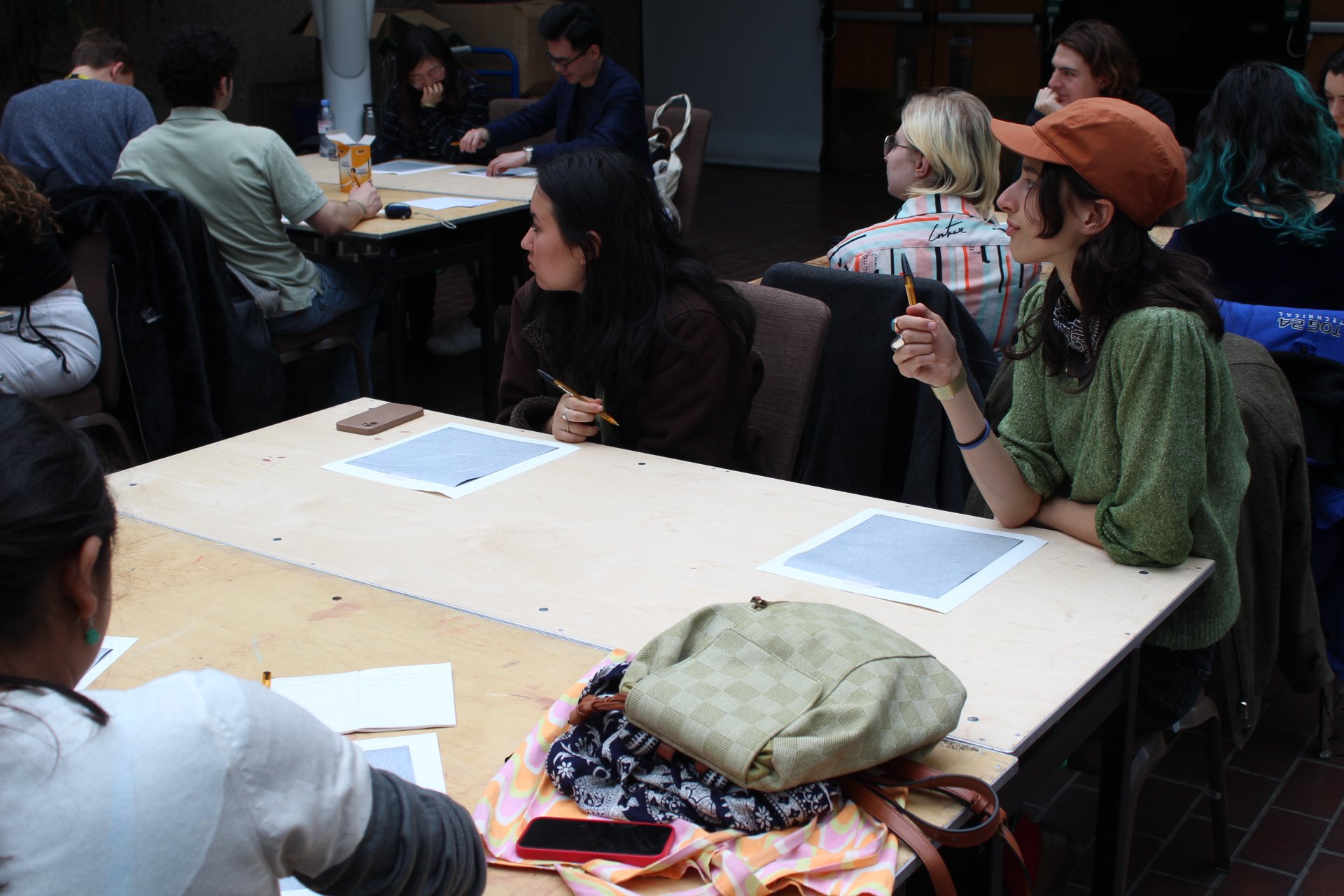Young Barbican Takeover
Images: Elizabeth Bisuga
The Young Barbican Takeover is an event run by the Barbican Centre, London, and their Young Barbican Consultants - a jam-packed day of immersive events, live music and workshops.
This was my first time experiencing the event despite having been to the Barbican Centre a few times. As an iconic London landmark, it was something I’d first come across on my arbitrary wanderings during lockdowns after I’d first moved to the city. Enthralled by the brutalist architecture, it’s a place I love to visit as often as I can and, one day, (if I have a spare couple of mil floating about), a dream destination to live. However, for the time being, I’m more than happy to enjoy what I can - especially the art.
Usually, when entering these types of spaces, I’m met with the same “types” of people - typically older members, you know the real artsy looking folk who talk in hushed voices about the intricacies of the art work with jargon one can only accumulate over years of study and/or appreciation. But this was different. Walking into the space I was met with floods of young people, young families and people of all ages all engaged with the goings on around them. The rhythms of the drums, the music of the dance classes that were taking place on the bottom floor, the excitement of the young children clearly overstimulated by all the goings on funnily enough brought me a sense of calm. Seeing this wonderfully diverse crowd of people enhanced this year’s theme of ‘Euphoric Futures’ - an inclusive celebration of hope.
Although I’ve been to the Barbi a few times, this was my first time visiting the conservatory and I can wholeheartedly say - I get it. The hype is true; the welcoming space is pretty wonderful and I’m utterly obsessed; and as someone who has come to the conclusion that I need to be in greenhouse-like environments to not only survive but thrive in this country, I’m now aiming to visit as often as possible.
I was lucky enough to attend, ‘The Space We Hold In Our Lungs - A Drawing Workshop’ run by artist Sam Winston; this session offered renewed ways to explore our relationship to our built environments, as well as some creative strategies of re-visualistion.
Now, my drawing skills have definitely declined over the years, even though I was once heralded as ‘Gifted and Talented’ by my Year 9 art teacher… I’ve still got the certificate. But much like any other skill, after years of lacking in practise, my drawing skills have taken a steady decline. Initially, I assumed that we’d be drawing a person or an object, but I was pleasantly surprised to see that this wasn’t the case.
Winston began asking the participants a series of 12 questions, and then encouraged us to respond with our drawings: there were no specific directions given as to how or what we should draw - just to flow with our automatic responses. We were given transfer paper to draw on, with an additional sheet underneath; this way, we weren’t able to really see our finished pieces until after the prompts. Afterwards, we lifted the transfer sheet to take in all that we had created in response to the prompts. We were then told to share our pieces with the other attendees who sat on our tables. It was quite funny to see the similarities (similar shapes, lines and curves) between our visual responses.
After a short discussion, we were then asked to draw again. but this time by following Winson’s practises and implementing some breathwork. After he shared a short film that explained his practice further, we were asked to draw with our breath. On each inhale and exhale, we were invited to draw onto the paper, eventually leading us into a trance-like state. After this meditative session we came together as a group again to discuss what we had produced, but more so how it felt creating it, whether we were led by our breath or by our hands was an interesting topic of discussion.
I was able to chat with Winston after the workshop and we were able to discuss his work further and how being in a city like London doesn’t always leave much breathing space:
“At some point you have to create artificial ways of being in that experience of being in nature.”
Towards the end of our workshop, we were asked to tour the conservatory in order to apply breathwork and other teachings from the workshop; here, I was able to chat to other attendees about how they found the experience:
“I found it very relaxing and it’s something I would never do if I didn’t come to something like this,” commented one. “It’s completely new to me - this kind of format - and I really enjoyed it!”
It’s something I too would never have done had I not attended a festival like this. One of their comments really struck me:
“We can do what we want and drop into whatever we want that's interesting for us. I think it’s a cool event for a weekend, we can immerse ourselves in the things we want to immerse ourselves in…”
Without institutions like the Barbican running these youth-focused weekend events, so many of us would not get the opportunity to discover and explore new artistic forms. I’ve left feeling grounded, connected, and hopeful.
See What’s On this season at the Barbican Centre here.
